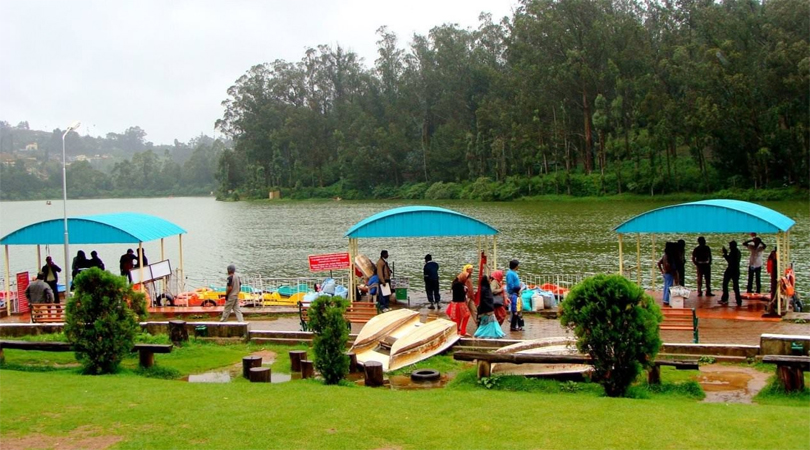
During the early 16th to the mid-18th century and noticeably by the mid-19th century, the Mughal Empire was striking for it’s over two centuries of successful reign throughout the large portion of northern part of India. Presently, the memory of Mughal Emperors and the Islamic architectures yet stays alive. The sacred places of Islam are not only represent worship and love, but also a centre of learning too. Undoubtedly; the Islamic rule in India saw the introduction of various new elements of architecture, where the Mughal rulers totally knew how to put together a brilliant resting place. As a matter of fact, the Mughal Sovereign arranged the most excellently octagonal buildings ever. The fundamental components of the Islamic construction modeling are the arches & beams with its specific method. India has some of the superb Islamic tombs, which are visited by millions of tourists for their historical and architectural beauty. Read on to this article and find out more about them!
Taj Mahal, Uttar Pradesh
The observer magnetism of millions of tourists and considered as the realistic wonder of the world, the tremendously wonderful ‘Taj Mahal’ is a symbol of love and romance. Constructed by the Mughal Emperor Shah Jahan in a memory of his beloved wife Mumtaz, set against the background of River Yamuna, this tomb structure undoubtedly speaks volumes of love. This monument not only a fine example of wonderful craft and exceptional structural engineering, but also a remembrance of affection and the best love story told ever. It took 12 years of hard work of 20,000 workers to construct the mausoleum. Today, its stunning beauty and aesthetic symmetry keeps its visitors stunned.
Jama Masjid, Delhi
Believed as the tourist most visited Islamic tombs in India, ‘the Jama Masjid’ in Delhi is one of the largest mosques in Delhi. It was the last architectural edifice built by the Mughal Emperor Shah Jahan. It is also referred to as ‘Masjid-i-Jahan Numa’. Jama Masjid is known to be amongst the largest mosques in India that is located just a quarter mile from the Red Fort. Considered as a religious masterpiece; Jama Masjid took six years to finish its construction. Visitors to Delhi surely make a visit to this Jama Masjid, which is a grave yet striking edifice.
Humayun’s Tomb, Delhi
This 16th century AD tomb, Humayun’s Tomb is considered as the best Mughal architecture and Delhi is a show up amongst the most highly praised tourist visited amazing tomb. Built in the year of 1569 by the Humayun’s queen ‘Hamida Banu Begam’, methodically considered out as the first broad enclosure tomb on Charbagh, model with high arches and double dome a Hammam (shower chamber) in the centre of northern partition. The focal octagonal chamber contains the memorial plaque; the dominated by a double vault of marble. You can also visit the Barber’s Tomb that is located on the southwestern side of the Humayun’s Tomb.
Qutub Minar, Delhi
One of the largest illustrations of Delhi Sultanate breathtaking legacy, the red and buff sandstone tower, Qutub Minar is believed to be the highest tower in India. The tower has a diameter of 14.32 m at the base and about 2.75 m on the top with a height of 72.5 m. The Qutub Minar was an emblematic somewhat than a functional structure. It was constructed in the year 1199 and used for the utilization of Mu’azzin (messenger) to give calls for supplication to God and raised the first story. Various engravings in Nagari and Arabic characters in diverse places of the Minar disclose the historical backdrop of Qutub. As per the engravings on its surface, the tomb was repaired by Firoz Shah Tughlaq in 1351-88 and Sikandar Lodi in 1489-1517 and later, refurbished by the R. Smith in the year 1829.






You must log in to post a comment.